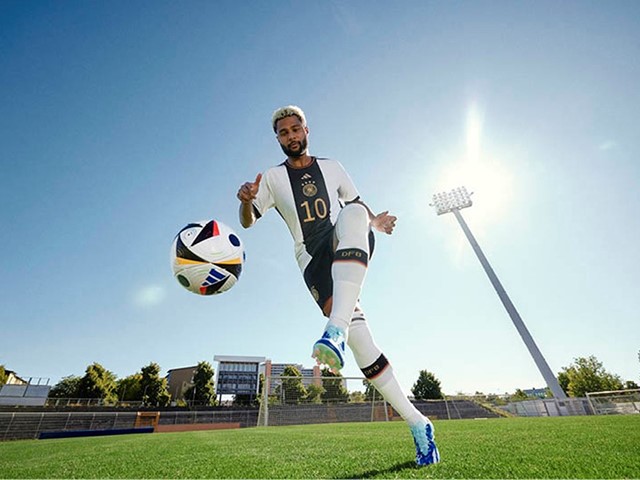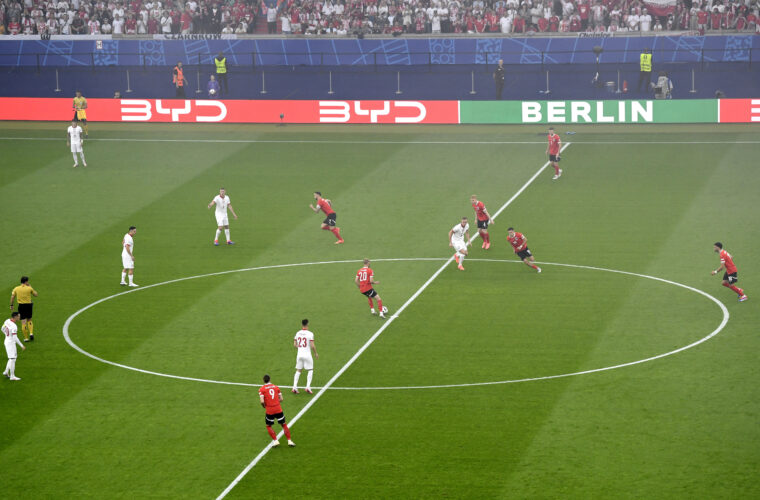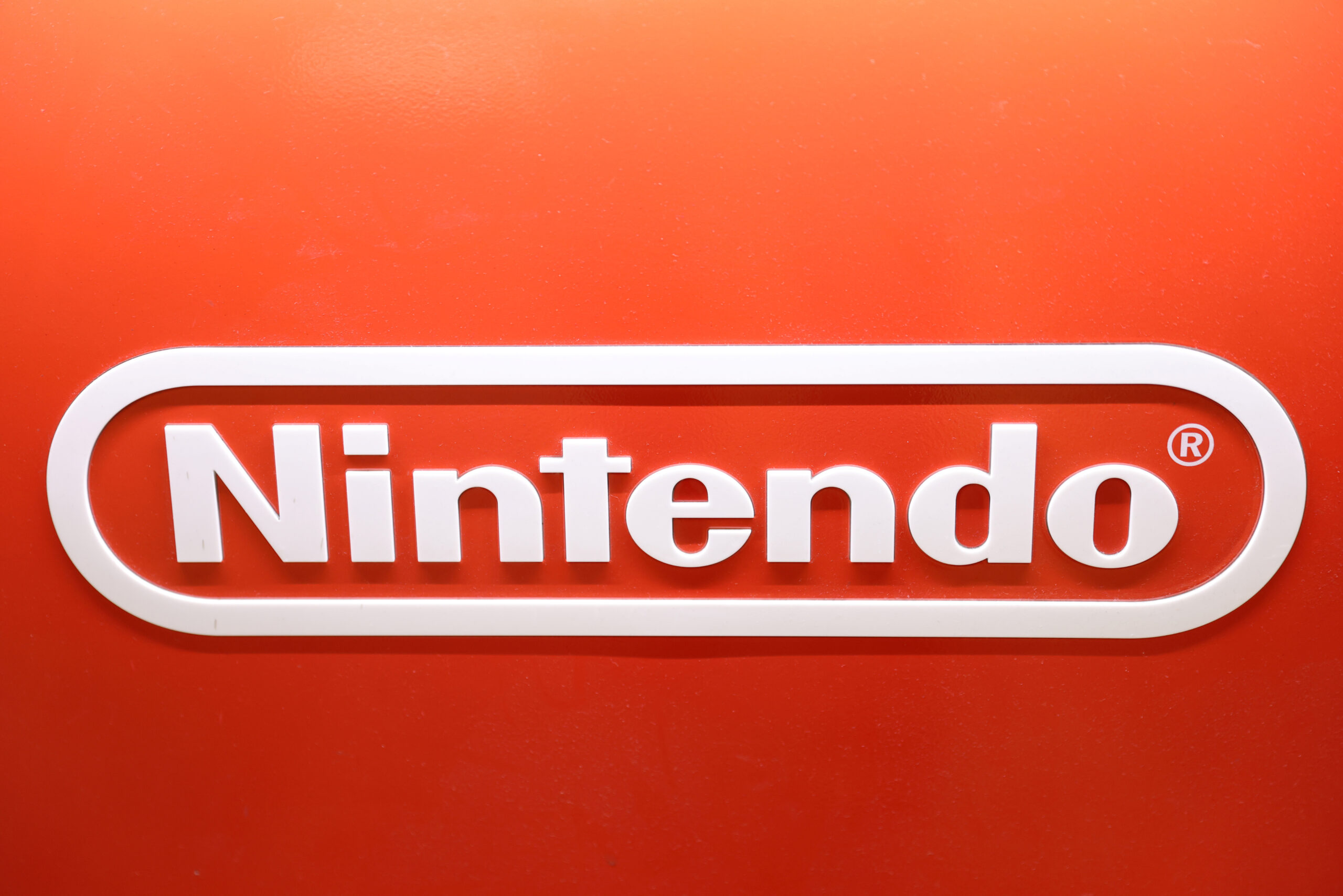Adidas is revolutionizing the game with its innovative approach to the Euro 2024 tournament, as the iconic sportswear brand unveils its groundbreaking Fussballliebe ball equipped with a cutting-edge microchip technology set to redefine the role of referees on the field.
This state-of-the-art microchip embedded within the heart of the Fussballliebe ball represents a monumental leap forward in officiating capabilities. Designed to provide unparalleled accuracy and real-time insights, the rechargeable microchip boasts the capability to transmit precise ball data directly to video match officials during gameplay.
Harnessing the power of advanced technology, Adidas aims to empower referees with instantaneous access to critical information, particularly in contentious handball situations, thereby facilitating fair and transparent decision-making processes on the field. This groundbreaking initiative underscores Adidas’s commitment to innovation. It heralds a new era in the evolution of football officiating, promising an enhanced and more equitable tournament experience for players, officials, and fans alike.
How does it work?
Adidas continues to push the boundaries of innovation in football officiating following its successful implementation of chip technology in the semi-automated offside decision-making process during the 2022 FIFA World Cup in Qatar. Building upon this success, the renowned sportswear brand announces plans to deploy the same advanced technology in offside decisions at the highly anticipated men’s Euro 2024 tournament in Germany.
According to reports by The Times and confirmed by Adidas spokespersons to Sky News, the chip will not only aid in offside decisions. Still, it will also be seamlessly integrated with limb-tracking technology to ascertain instances of potential handballs leading up to goals, providing referees with invaluable insights in real time.
At the heart of Adidas’s Euro 2024 football lies a rechargeable motion sensor capable of detecting an astonishing 500 movements per second. This remarkable feat enables the microchip to capture player interactions with the ball accurately, offering precise data crucial for officiating decisions.


During the 2022 FIFA World Cup, this technology, coupled with movement-tracking systems, played a pivotal role in the semi-automated offside decision-making process by determining the exact moment the ball was played in the build-up to a goal. Despite the system’s sophistication, it remains semi-automated, requiring referees to exercise judgment regarding players’ involvement in offside positions.
Euro 2024
Notably, UEFA, the governing body overseeing the European Championships, has already adopted a similar semi-automated offside system in its premier club competition, the Champions League. However, unlike the Euro 2024 implementation, it does not currently utilize a microchipped ball, relying instead on cameras and artificial intelligence (AI) to track ball movement and player positioning.
This semi-automated offside system stands in contrast to the VAR (Video Assistant Referee) system utilized in the Premier League, where officials manually analyze footage and draw lines to determine offside positions. The Premier League system employs five cameras calibrated before each match, with the ability to synchronize broadcast cameras to pinpoint ball contact by attackers.
With reports suggesting a potential shift to a semi-automated offside system in the Premier League next season, football’s officiating landscape is poised for further transformation. However, it’s worth noting that handball decisions in the Premier League continue to be reviewed using the existing VAR system, highlighting the ongoing evolution and adaptation of technology in the sport’s adjudication processes.


